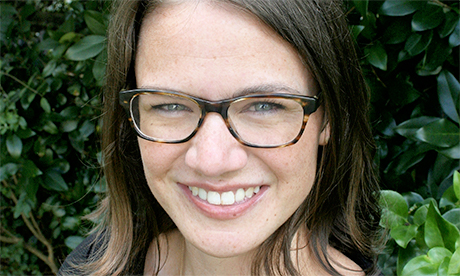Almost a decade ago, as a young graduate student in theology, I lived for a year in the rectory of a Catholic parish.
Like many other parishes in Boston faced with an ever-worsening clergy shortage, St. Mary of the Angels did not have a priest in residence.
Rather than allowing the creaky 19th-century Victorian estate house that doubled as the church’s gathering space to stand empty, the parish made the decision to open the doors to laypeople.
I moved into the parish house and into an anomalous existence: I was a 24-year-old woman living in a Catholic church.
In exchange for my bedroom above the office, I helped clean the church on Saturday mornings and set out the coffee and donuts—a veritable second Eucharist—after Mass on Sundays, dutifully cutting the pastries into quarters in an attempt to feed as many people as possible on the parish’s nonexistent budget.
I compiled the church bulletin and taught fifth-grade catechesis and performed a litany of other odd jobs and pastoral tasks.
In return, I was given a rare gift: the chance to experience the life of a parish from the inside out.
St. Mary’s was unique in two respects.
First, it was profoundly diverse.
Built in 1906 to serve the Irish and German working class in Boston’s Roxbury neighborhood, it had, for decades, sustained a vibrant community of African American, Afro-Caribbean, Latino, Southeast Asian, and Euro-American parishioners.
A significant portion was first-generation immigrants. Even more striking were the ties of friendship that united members across boundaries of race and culture.
Second, laypeople were the heartbeat of parish leadership.
People weren’t just involved. They were empowered.
In some ways, they had to be.
There was no full-time pastor, and no money to pay a large staff.
But the tradition of collaboration was born of more than necessity.
After Vatican II, St. Mary’s established an interracial parish council of laypeople who put forth a bold agenda for change at the once isolated, struggling church.
In 1969, they transferred the church’s financial accounts to Boston’s only black-owned bank in an act of solidarity with the neighborhood’s growing African American community.
Collaborative leadership among the parish’s laypeople, religious sisters, priests, and neighbors intensified in the 1970s and ’80s, when St. Mary’s became the epicenter of community peace-building against a rising tide of youth gang violence.
In 2004, when the Archdiocese of Boston targeted more than 80 churches for closure or consolidation, St. Mary’s was one of only a few to successfully protest its shuttering.
Parishioners organized a community campaign to convince the chancery that the parish was too vital to the stability of the neighborhood to close.
St. Mary’s was a parish that, as the Jesuits like to say, ruined me for life.
It ruined me for clericalism, for racism, for xenophobia.
Most of all, it convinced me that when it comes to building humble, accountable, inclusive Catholic communities, another world is indeed possible—not in a small, self-selecting alternative community of like-minded individuals, or in the kingdom of God, but in an ordinary city parish here and now.
I thought of St. Mary’s as I read James Carroll’s provocative cover story in the June issue of The Atlantic.
The piece is a kind of lament, an excoriation of the Catholic Church’s capitulation to clericalism.
In theological terms, clericalism—the elevation of ordained persons over the laity—is not only an unintended consequence of history, but also a social sin, an idolization of power perpetuated by a constellation of social structures and cultural practices. Continue reading
- Susan Bigelow Reynolds is Assistant professor of Catholic Studies at Emory’s Candler School of Theology
- Image: Emory: Chandler School of Theology
